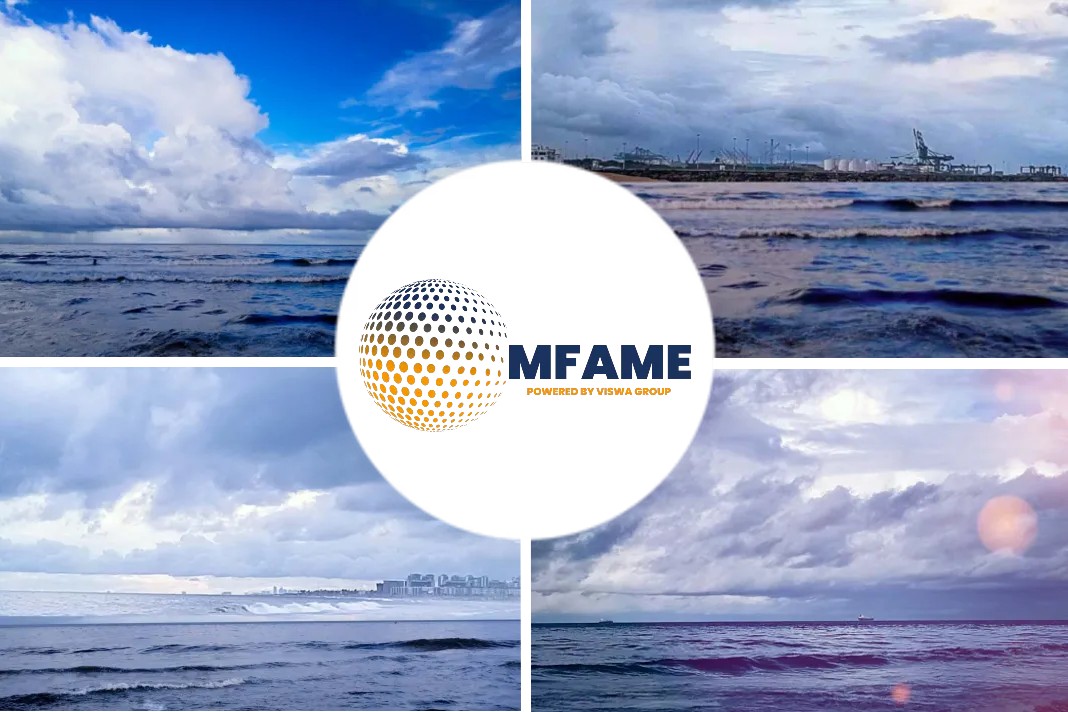Nordic Tankers, Dania Ship Management and Danfoss IXA recently joined forces to test monitoring emissions technology says an article in TankerOperator.
Partners test Sensor technology
The sensor technology was installed on the chemical tanker ‘Nordic Mari’ in 2015. The ship is owned by Nordic Tankers and managed by Dania Ship Management and shuttles between Europe and the US.
“At Nordic Tankers, together with our partners, we aim to be front-runners in supporting the development of our industry world-wide, why the cooperation with Danfoss IXA on testing the new solution is an interesting project for us,” said Per Sylvester Jensen, Nordic Tankers CEO.
What does the sensor do?
The sensor equipment from Danfoss IXA is an innovative technology that enables ship owners to continuously prove compliance with the IMO’s requirements for sulphur emissions says Per Sylvester Jensen.
How does the sensor work?
“The equipment is well designed and was delivered to the ‘Nordic Mari’ as a complete product. In the beginning of the test period, the durability of the sensor was challenged by the very toxic and harsh environment in which it was placed, but these problems have been solved by Danfoss IXA,” said Carsten Brix Ostenfeldt, Dania Ship Management CEO.
The technology makes it possible to document how much ships are emitting worldwide, and the data is sent directly ashore. This means we can prove compliance at any time and once the development picks up speed, we will be ready and one step ahead of the rest of the industry.
Readings compared
He explained that their next target is to compare the readings on board ‘Nordic Mari’ with other external readings, for example the sensor fitted on the Great Belt Bridge in Denmark.
The sensor on the bridge is first and foremost fitted to ensure compliance with Danish and global legislation.
Aids in tracking performance
Besides monitoring emissions on an ongoing basis and proving compliance, the sensor technology has also enabled Dania Ship Management to track how the engines are performing by analysing the data received from the vessel.
“As a general rule, change in the shipping industry is driven by legislation. But if the sensor technology is following the development of electronically controlled engines, you will be able to continuously optimize combustion and cut fuel costs. This could be a future incentive for change as well,” Brix Ostenfeldt said.
Danfoss claimed that the emission equipment is installed on many newbuildings and it can be retrofitted to the existing IMO-fleet in 24 hours.
Did you subscribe for our daily newsletter?
It’s Free! Click here to Subscribe!
Source: TankerOperator

















